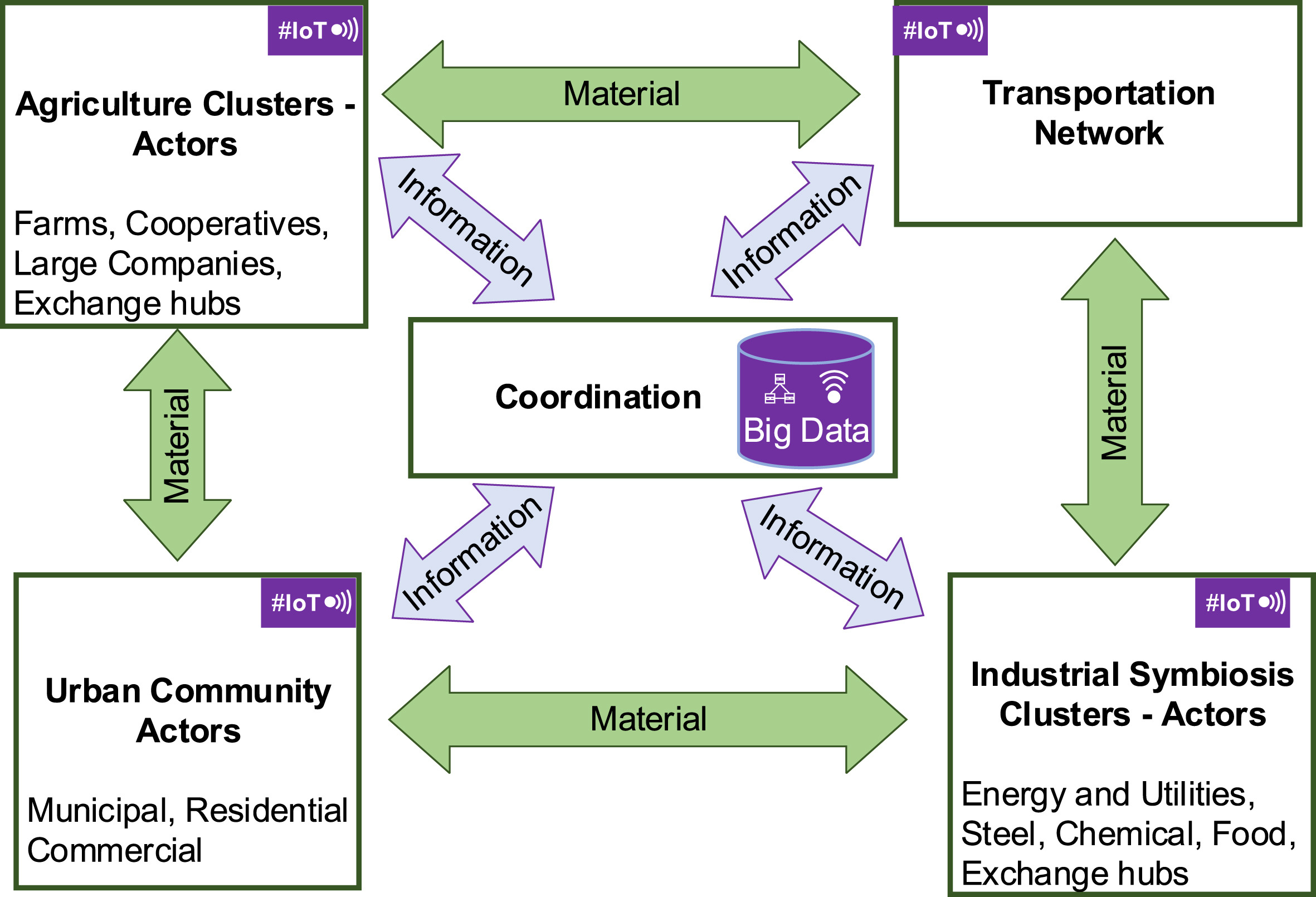To keep temperature rise well below 2 °C, production systems should be synthesised in a way that are regenerative, climate-resilient, and equitable, and to maintain biodiversity to preserve life and meet future human needs with the integrity of nature. In line with this approach, this paper presents a stepwise transition to a regenerative energy system in the EU by 2050, with the aim of going beyond carbon neutrality and achieving annual net negative emissions. A mixed-integer linear programming model is developed with the goal of maximising the Sustainability Net Present Value while achieving a balanced solution between all the three basic sustainability pillars. In order to obtain a regenerative system design, the annual self-sequestration of CO2 by the Earth was evaluated based on the amount of CO2 released into the atmosphere and the change in atmospheric CO2 concentration. The impact of different CO2 emission reduction scenarios on the atmospheric CO2 concentration until 2050 was evaluated. The results show that carbon neutrality at the global level could be achieved by 2050 with a 1.63% annual reduction in anthropogenic CO2 emissions. Moreover, the results indicate that if carbon emission neutrality is achieved at the global level in 2050, it could be achieved in the EU as early as 2039, given the Earth's self-sequestration capacity. To go beyond carbon emissions neutrality at the EU level, electricity demand is expected to nearly double, particularly due to the electrification of road transport, the use of heat pumps for heating residential and the tertiary sectors, 6G and IoT widespread out etc.



